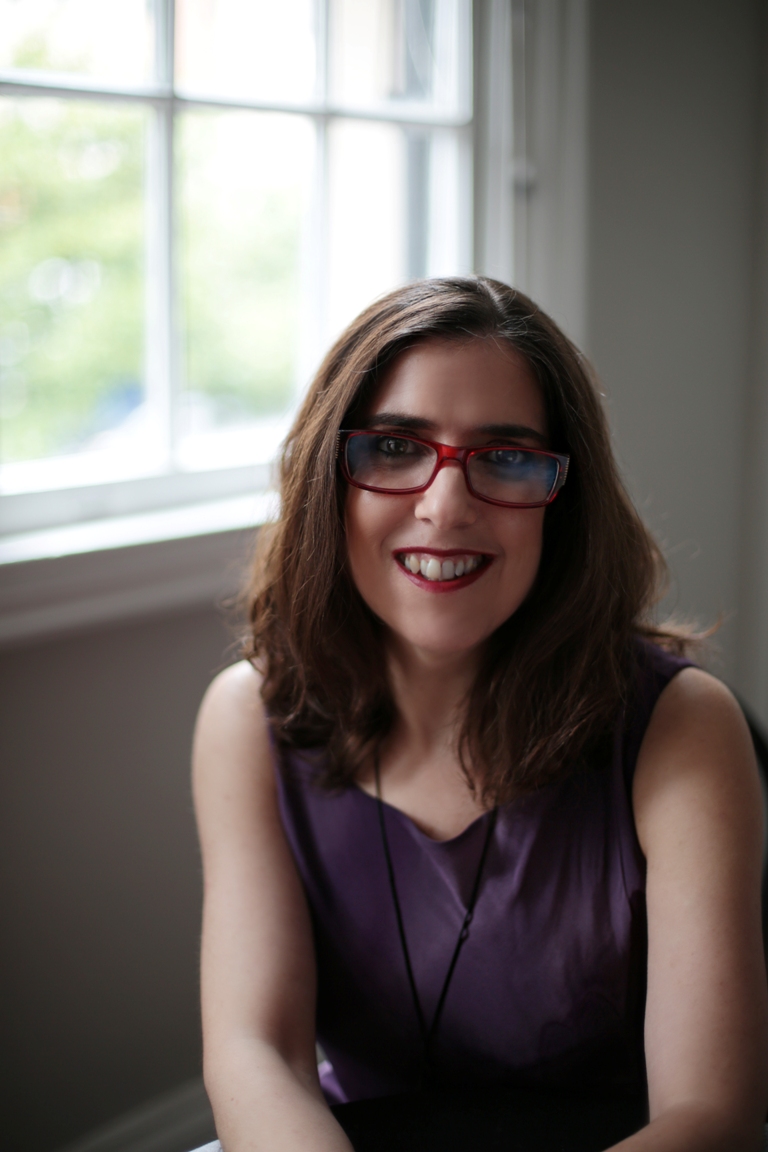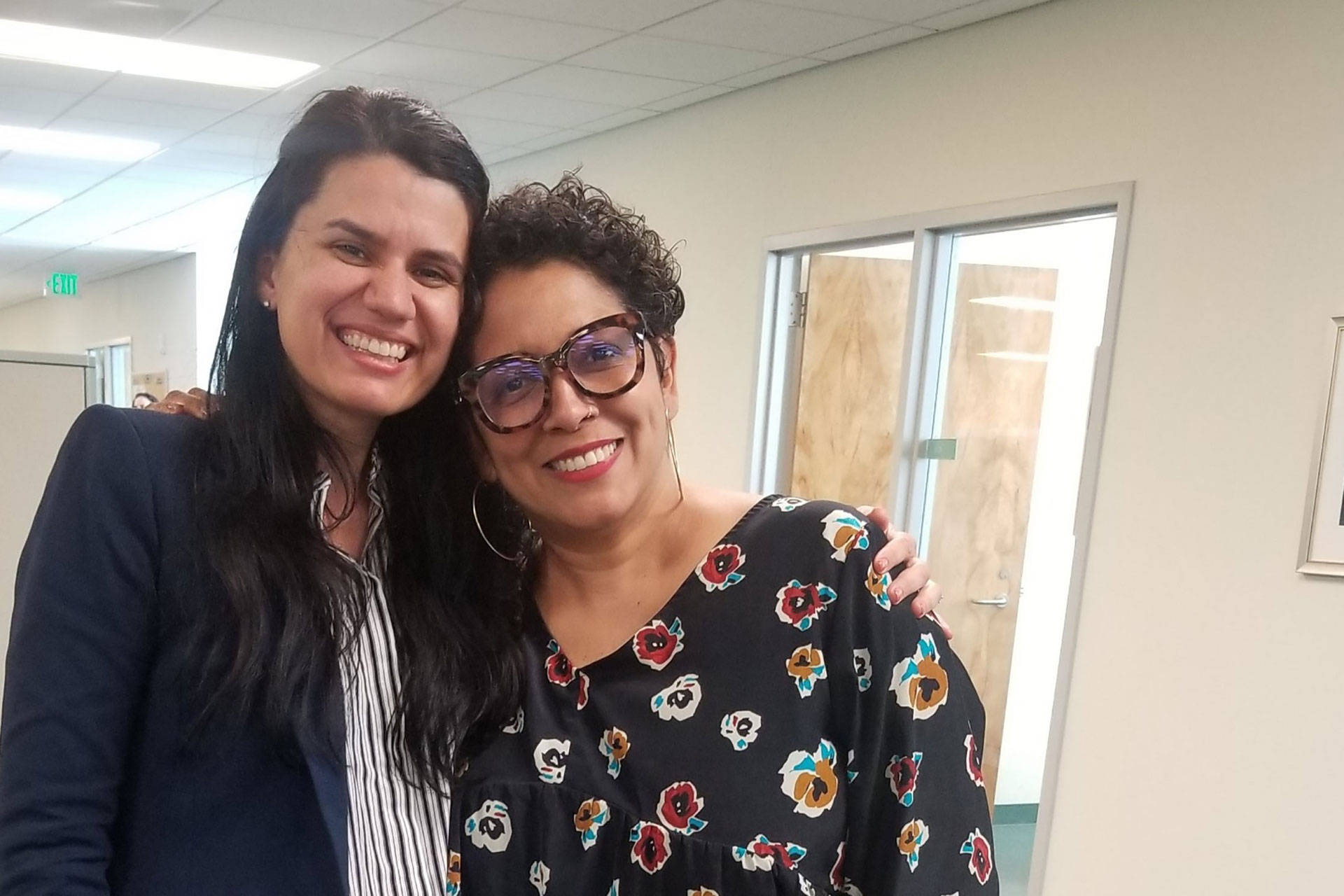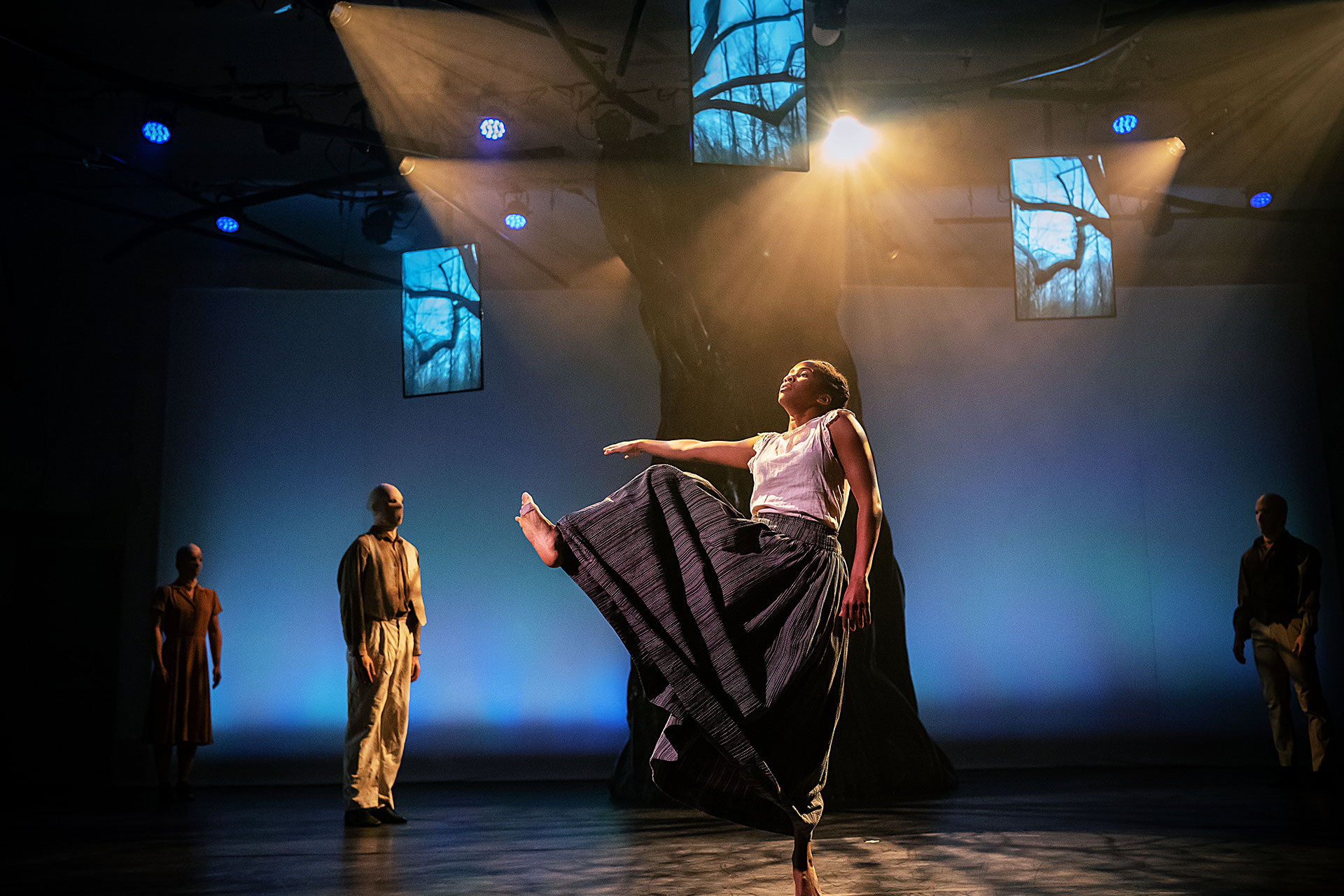From Big Oil to Dallas Black Dance Theatre
By Lisa Traiger
.jpg)
Zenetta S. Drew, photo by Haynsworth Photography
Named for the late dancer, choreographer, director, AIDS activist, and dance champion Ian ‘Ernie’ Horvath, the ‘Ernie’ Award recognizes an individual who works behind the scenes demonstrating extraordinary leadership and outstanding value for the field. Zenetta S. Drew, executive director of Dallas Black Dance Theatre (DBDT) for more than 30 years and 2021 recipient of the ‘Ernie,’ has played a significant role in both DBDT’s success and in thought leadership in the arts. This conversation with Drew has been edited for length and clarity. Under her leadership, the company has in its major touring seasons had a budget of $5.1 million. Presently, during the pandemic, DBDT is operating on a $3.1 million budget (including $1.2 million in critical in-kind marketing, technology and travel support) with 32 full-time employees including the company dancers. You can read more about Drew here.
Dance/USA: You were an accounting manager at ARCO Oil & Gas, responsible for 50 percent of corporate revenue at a big oil company. What precipitated your shift to the non-profit arts?
Zenetta Drew: I was not 30 years old yet and [ARCO] was doing a buy-out package that was never replicated in any downsizing since …. I took the package, and got a lump sum of money. I was pregnant and when my daughter was born, I thought I would be a housewife and mother … spend time with my toddler and my newborn. I enjoyed a few “funs.” What precipitated that shift was probably the only thing I ever failed at in my life: marriage.
[Shortly after] my husband left, I volunteered to write a grant for the city of Dallas …. I didn’t know Mrs. Williams [founder of DBDT], I didn’t know the dance company, but I volunteered. The first day I spent 12 hours there. I saw the situation: they had 3,000 square feet of space; it was 7 degrees that day and there was no heat; Ralph Lemon was there to create a new work; and the dancers were wearing mittens, gloves and ski masks. The facility was deteriorating, there was no maintenance, and she had a dance academy in the same space. It was an eye-opening experience.
I looked at the books — there was less than $200,000 in cash and in-kind. Once I pulled the bills together, it was $123,781 of debt. Why would I know that? I’m an accountant! There were no grants pending and three board members. But what kept me there was the vision and heart of this woman. I didn’t know her, but I saw the risks she had taken to start a dance company 10 years prior. As a Black woman in the South — a college professor who left her job to start something this visionary — I thought, I don’t know what this is but I’m going to have fun. I volunteered for 11 months.
She didn’t know anything about my background, I didn’t know about her background or about dance and non-profits, but she said she needed help with her dream. I asked her, “Where do you want this company to go?” This is pivotal: I had never met anybody who was a dreamer who dreamed with her eyes wide open. Most people dream, but they never consider the challenges, constraints and problems — when you open your eyes, it hits you. She dreams with her eyes wide open every day.
I stayed because she agreed on day one to my request: 100 percent control of the business because that’s what I do. I would go out and get the money and she would lead the artistic side. I had two young daughters and I don’t know how I survived … because my salary was one-tenth of my corporate salary.
D/USA: How did you go about building the company?
Z.D.: Mrs. Williams was the kind of founder who in some ways started planning for her succession when she met me. Usually, company founders do not want to transition power. She gave me power. Mrs. Williams never had a salary. I told her that as long as I was at the dance theater she would be compensated at a higher rate than me, even if it was by one penny. I would work to raise funds, manage the organization, and I would be the last to be paid.
I recruited 21 board members — some friends and corporate folks like me who had not been doing anything with their resources, time or expertise outside of their jobs. Ann Williams had a vision: she was committed to providing dance excellence, performance opportunities, and training primarily for people of color to bridge the gap that society had created due to segregation.

Drew (left) and Ann Williams, founder of Dallas Black Dance Theatre, photo courtesy of DBDT
Early on we did a feasibility study assessing DBDT’s future artistic capacity in 1987. Led by former Paul Taylor dancer Carolyn Adams, the results of this study were so energizing that our articulated and stated vision was “to create a dance company that in 30 years, it would be a story to tell our grandkids.” That meant it would be so big, grand, phenomenal and respected that in order to achieve it, we would place no restraints nor constraints on ideas, it would be open-ended, opportunity driven and catalyzed by growth in capacities, including artistic excellence, programming, budget, reputation, influence and stability. We didn’t know how to do this, but if we were going to invest our time and resources, we were going to make sure our grandkids would ask, “Who did this?”
D/USA: What are you most proud of in your work with DBDT?
Z.D.: First, was to help Ann Williams achieve her dream and goals for three areas of the company: increase the overall artistic excellence of the company by 1) moving the company from a semi-professional company to fully professional status; 2) placing dancers on year-round contracts with benefits; 3) achieving national and international recognition and touring opportunities. Artistic highlights include special commissioning for the Gershwin Centennial by the Gershwin family and performances at two cultural Olympiads in 1996 and 2012.
Second, I’m proud of securing permanent operating and performing venues. That included developing and managing a capital campaign to purchase and renovate the historic former Moorland YMCA building in the Dallas Arts District as a permanent base of operations for our rehearsals, training academy and business offices. Now the street in front bears the name of Ann Williams Way. DBDT was also a partner in the campaign to build the AT&T Performing Arts Center and is now a resident company, providing a permanent performing home for the company in the Dallas Arts District.
Third, was to create organizational stability and sustainability. This meant helping to build a board and staff team with long-term commitment to artistic, operational, financial and fiduciary excellence that is focused on moving the company from organizational to institutional status and permanence. It also includes increasing community awareness, visibility and relevance, and expanding the breadth of philanthropic engagement across all communities and segments of Dallas and the nation.
D/USA: What do you ask yourself before moving forward with a company decision?
D.Z.: I ask myself a few things: Is it a benefit and is it the “best benefit” for the “good of the whole”? Is it visionary and does it embrace thought leadership? Does it align with our mission and embolden our vision? And then there are two questions I ask myself, [because] the arts would never have been my choice for a career, yet it has been most rewarding. I ask: Am I still led by a higher calling to do this? And: Is this the day I am no longer inspired and I no longer have joy in this work? The work is too difficult and challenges too large, if one is not inspired and able to have fun every day.
D/USA: When you have faced a challenge or needed advice, where do you turn?
D.Z.: Dallas Black Dance Theatre has an incredible board of directors with a great expanse of business and non-profit expertise. They are who I turn to first as business partners and those who have the most vested interest in the decisions to be made. We also have an advisory board comprised of philanthropic, non-profit, government, business and community leaders who have provided strategic guidance for many of the new directions and big challenges the organization has encountered. These areas include building acquisition, COVID-19, endowment planning, succession planning, including assessing whether to keep the word “Black” in the name of the company over the years.
D/USA: What are your thoughts on the state of the dance field in 2021 and what do you envision for the field in the future?

Drew in the DBDT studio, photo by Jason Flowers
Z.D.: The state of the dance field has been equalized with the COVID-19 pandemic because many of the challenges that were perceived to be different for dance are now being experienced across all genres and non-profit business models. What challenges and successes are in store? The COVID-19 pandemic has propelled a growing interest in all creative capacities, but especially for dance. Society’s confinement for both young and old is already attracting more curiosity and desire for movement-related experiences. The challenge of national recovery and returning to in-person performances with full capacity may be further into the future than we currently foresee. However, I believe that dedicated arts lovers, sporadic attendees, and new converts will return in even larger numbers to in-person engagement and the one-of-a kind experience that can only be achieved sitting in a crowded theater in front of live artists. In other words, “Absence makes the heart grow fonder.”
Future successes will be gained by the industry finding new and different ways through digital engagement to remove the barriers and reverse the trends of steadily declining audiences that has been occurring for more than 30 years. Championing change and exploring all types of virtual platforms while maintaining the integrity of the art will provide opportunities to remove boundaries that have existed for years that have been created by race, economics, class, geography, and other systemic structures that have not only limited the growth of dance as an art form, but access to all the arts.
D/USA: What do you want the next generation of leaders to know about the dance field?
Z.D.: I would advise all arts leaders to see the impact of the COVID-19 pandemic as an opportunity to be creative and daring while being financially practical and to see this new era as a unique opportunity to stimulate intentional change, transform business models and create an unlimited continuum of undefined possibilities for the future. It is essential that as social media has become the new concert stage; that artists, administrators and boards all embrace new ways to continuously re-invent, re-envision and innovate in order to not only stay relevant, but merely to survive.
D/USA: Please share your thoughts on receiving the ‘Ernie’ Award?
Z.D.: I am extremely grateful to Dance/USA for this recognition. It is truly an honor to be recognized by the national dance community and to be included among the distinguished dance and industry luminaries who have received the ‘Ernie’ Award in the past. My gratitude also extends to Ann Williams, Dallas Black Dance Theatre and the International Association of Blacks in Dance who gave me license to be bold and share my business insights, knowledge and skills over the years to hundreds, and even now, thousands of dancers, artists, administrative leaders and others in the field.

Lisa Traiger edits From the Green Room, Dance/USA’s online journal, and writes frequently on dance and the performing arts for publications, including Dance, Dance Teacher and Washington Jewish Week. An award-winning arts journalist, she is a former co-president of the Dance Critics Association and holds an MFA in choreography from University of Maryland.
____
We accept submissions on topics relevant to the field: advocacy, artistic issues, arts policy, community building, development, employment, engagement, touring, and other topics that deal with the business of dance. We cannot publish criticism, single-company season announcements, and single-company or single artist profiles. Additionally, we welcome feedback on articles. If you have a topic that you would like to see addressed or feedback, please contact communications@danceusa.org.
Disclaimer: Opinions expressed in guest posts do not necessarily represent the viewpoints of Dance/USA.




